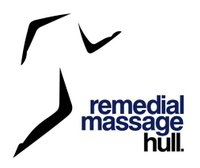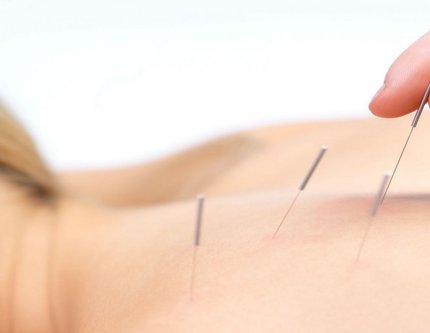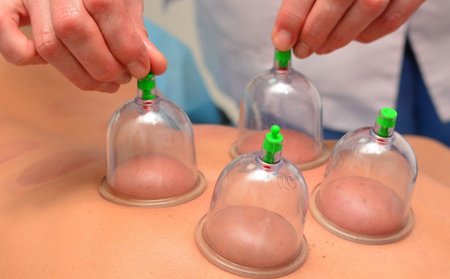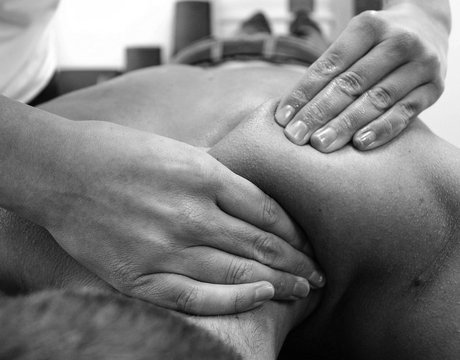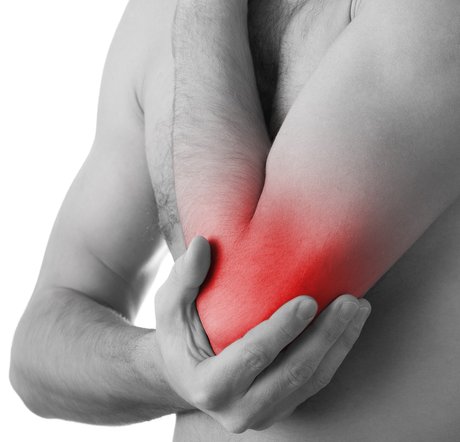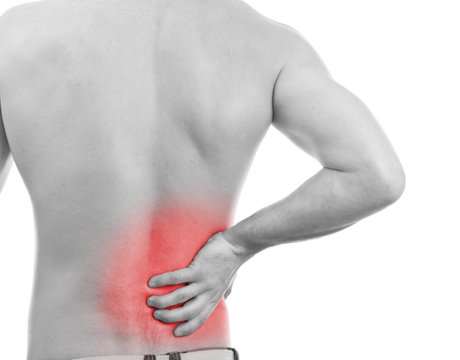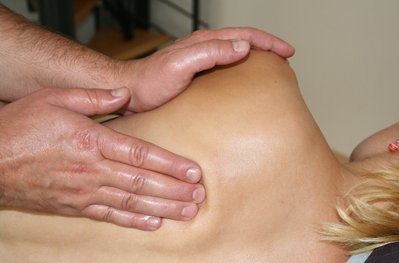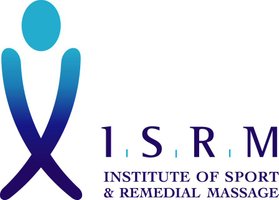Here at Remedial Massage Hull, you will benefit from a wide range of advanced soft tissue techniques to help assist with rehabilitation post injury or deal with minor musculoskeletal aches and pains.
Get in touch and we’ll have an assessment, in which we’ll sit down and discuss the issue you’re suffering, and do a few simple assessments to establish the root of the problem. We will then agree a suitable course of treatment.
1-1 Dynamic Assisted Stretching
Dynamic Assisted Stretching is a progressive technique that is extremely effective when it comes to improving flexibilty and reducing tightness with the soft tissues.
A combination of passive mobility techniques with some deeper stretching is used in order to obtain a greater range of motion.
Treatments can be personalised to meet your individial needs or kept as a continous flow to help relax both body and mind.
Medical Acupuncture (Dry Needling)
Medical acupuncture is the application of needles in order to produce a positive response within the musculoskeletal system.
The aim is to reduce muscular adhesions known as trigger points. These can often become irritable, leading to pain that can effect daily life or sports performance.
By insterting needles we can help to initiate healing within the muscles and connective tissue.
Although there are two types of acupuncture, It is the westernised approach of dry needling that will be followed.
Myofascial Cupping Therapy
The mechanisms of action for cupping are similar to those of other orthopaedic manual therapy techniques. Such as instrument assisted soft tissue mobilisation and certain massage techniques.
The first mechanism of action is that of fluid dynamics, which refers to the movement of tissue fluid between blood and lymphatic vessels. The changes in pressure may stimulate the lymph nodes, and the pressure vacuum within it causes local vasodilation. This increase in blood flow may help to desensitise the area which is the same mechanism for massage techniques. The mechanical effects differ however, in that we are providing a decompression to the tissue as opposed to a compression.
Lastly, neurological aspects may also be elicited by helping desensitise myofascial trigger points and stimulating the Golgi tendon organ. Through this, we may see the temporary inhibition of hypertonic muscle.
POSITIONAL RELEASE TECHNIQUE
Positional Release Technique includes finding a trigger point within a muscle and placing a sustained pressure on the area. Passive movement of a limb to lengthen, or alternatively shorten, the muscle are then used to help find a position in which pain from the trigger point is reduced or completely vanished. This new position is then held for up to 90 seconds, using the same pressure, to help release the tension.
NEUROMUSCULAR TECHNIQUE
Overuse of a muscle can cause fibres to adhere together, forming areas of tension which affect its function. Along with other soft tissue techniques, neuromuscular technique (NMT) can help with the breakdown and separation of these bundled fibres. NMT involves a controlled pressure being applied on a ‘trigger point’ (area of tension) for up to 90 seconds. During this time, the muscle will relax. This happens due to the brain receiving feedback from the muscle fibres, a signal is sent back which allows that muscle to relax, providing the therapist is using a continuous firm pressure. Working on a neuromuscular level like this allows the pressure to be applied deep into the tissue and eliminate the specific point of tension within the muscle fibres.
MUSCLE ENERGY TECHNIQUE
Range of movement can be improved with muscle energy technique (MET) along with many other benefits this technique can provide. MET involves two simple methods that can be used separately or together in the same treatment. Post isometric relaxation requires the client to hold an isometric contraction followed by a period of rest. This allows the range of movement at the joint to increase, meaning the muscle lengthens. Alternatively, reciprocal inhibition involves a concentric contraction of the antagonist muscle to the one being stretched. The therapist will hold this position for a short while before asking the client to increase the range. Using the antagonist muscle to do the work allows further relaxation of the muscle being stretched as this will be inhibited. In simple terms, it is sent a signal by the brain NOT to contract so a further range of movement is possible.
SOFT TISSUE RELEASE
Soft tissue release (STR) can be used to break down areas of scar tissue or fibrous adhesions. A strong lock is placed into the muscle fibres, which is then followed by active movements to help create a local stretch to encourage the adhesions to break up. This is a particularly useful technique to use when aiming to increase range of movement or working more specifically around a joint to help release any tension within the tendons.
DEEP TISSUE MASSAGE
Deep tissue massage can be used as a diagnostic tool as well as helping to restore balance within the musculoskeletal system. This technique consists of mainly petrissage and effleurage massage strokes, of varying force, to help detect and treat areas of dysfunction within the soft tissue. Along with frictions, these techniques can help improve blood circulation, reduce knots and release tension from specific areas within the tissues.
SPORTS MASSAGE
Regular physical activity can lead to muscles simply being overused, and this is often the cause behind aches and pains. Micro trauma can occur within muscle fibres post-exercise, which is why soft tissues can take a while to recover. Massage can be a very helpful form of recovery, helping to pump more blood into the fibres which brings with it nutrients that will aid recovery. The removal of waste products, improved range of movement and break down of adhered fibres can dramatically help speed up the recovery process, meaning you can get back to high-intensity sporting activity following a high quality recovery
TRIGGER POINT THERAPY
Trigger points can be found within tight or over used muscles and can be the starting point to pain and discomfort in other areas of the body. This could be treated to prevent referred pain elsewhere. For example, pain in the neck could be treated to reduce pain from being referred around the head.
The technique used is to apply pressure to the trigger point itself thus breaking down the adhesion and relieving the pressure on the muscle which then leads to the relaxation of the referred area of pain.
